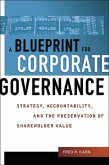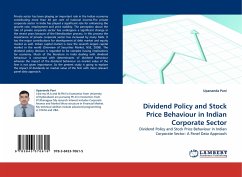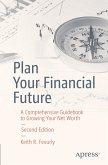Assets trading for prices that are considerably at variance from fundamental values are a well known phenomenon, commonly referred to as bubbles such as the dot-com bubble that occurred at the turn of the millennium. Since real-life stock markets are too complex to understand the forces behind the price building mechanisms, experimental markets can offer interesting insights into what leads to the occurrence of bubbles. Already the first tests have shown that the theory of an asset trading for its expected future cash flow does not hold even under the most simple circumstances. Several replications and adaptations showed the resistance to institutional changes when it comes to pricing assets correctly. The main part of this book is concerned with structuring the growing field of literature in this area. In the last section simple and commonly available information is used and rearranged to come up with fresh conjectures about the price building forces in those markets. Especially, two new indicators that could help explain the formation of prices are suggested.








